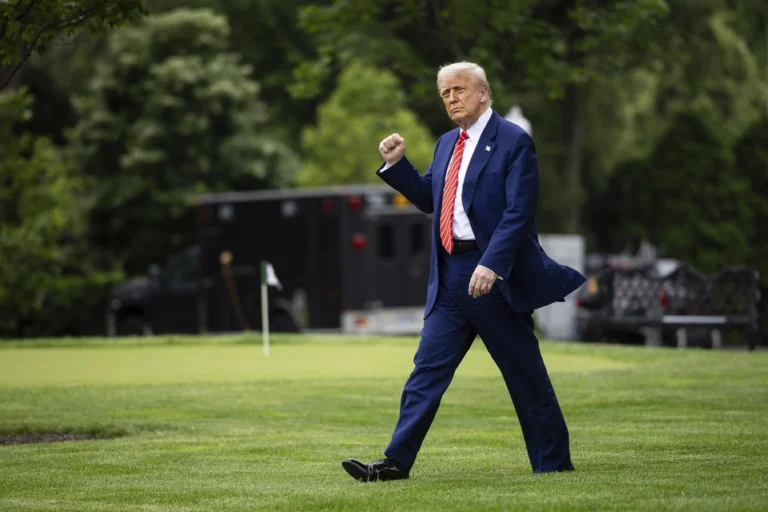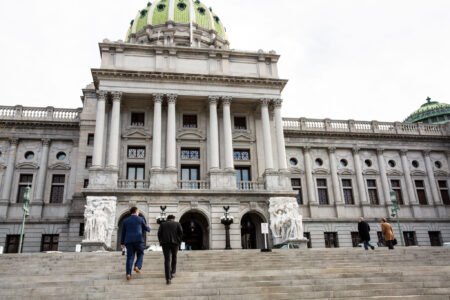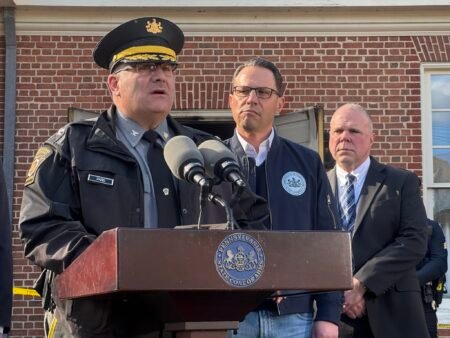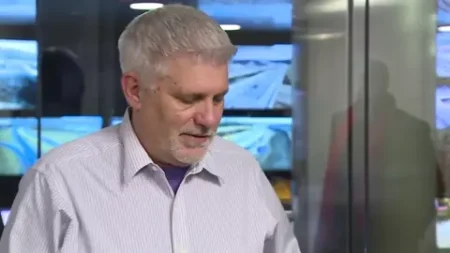President Donald Trump’s plan to push through mid-decade redistricting in Republican-led states has met unexpected resistance in the Midwest. Lawmakers in Indiana and Kansas are refusing to move forward with new congressional maps that would strengthen GOP control of the U.S. House ahead of the 2026 elections.
For much of Trump’s second term, most Republicans have supported his political strategy. But in these two conservative states, many lawmakers say they lack the votes and political will to make redistricting happen now. The result is one of the few visible challenges to Trump’s efforts to secure long-term control in Congress.
The White House has made an intense push to convince lawmakers. Vice President JD Vance has traveled twice to Indiana, and several state legislators were invited to an Oval Office meeting. Yet, despite this pressure, state leaders say the votes simply aren’t there.
Typically, congressional districts are redrawn every ten years after the national census. Trump’s plan aims to take advantage of Republican state majorities before the 2026 elections, arguing that Democrats have long benefited from partisan maps in states like Illinois and Massachusetts. Democrats, who need only three more seats to regain control of the House, have launched their own redistricting efforts in states such as Virginia to counter the move.
In Indiana, the state Senate has said it does not have enough support to pass a redistricting bill. Of the chamber’s 50 members, 40 are Republicans, but more than a dozen have reportedly refused to go along with the plan. A spokesperson for Senate Leader Rodric Bray confirmed that the votes were not there to advance the proposal.
Some Indiana lawmakers fear that new maps could backfire, making strong Republican districts more competitive. Others argue that constant redistricting would erode voter trust.
State Senator Spencer Deery said in a statement that lawmakers are being asked to create “a culture in which it would be normal for a political party to pick its own voters any time it fears losing.” His remarks have been widely shared by both Republican and independent voters in the state.
Still, other conservative voices want to push ahead. Lt. Governor Micah Beckwith urged lawmakers to move forward with new maps, calling out fellow Republicans for lacking courage. “For years, it’s been said the Indiana Senate is where conservative ideas go to die,” he posted on social media.
Former Governor Mitch Daniels has also weighed in, warning against what he called “naked violations of fairness.” He urged lawmakers to lead by example and resist the national push from Washington.
Political observers note that Indiana’s cautious approach reflects its culture. “Hoosiers are conservative but careful,” said former lawmaker Mike Murphy. “We don’t follow trends easily.”
In Kansas, the situation is equally divided. Republican leaders are attempting to call a special legislative session to bypass Democratic Governor Laura Kelly, who opposes any mid-decade redistricting. However, the GOP still lacks enough signatures to make that happen.
Under Kansas law, two-thirds of lawmakers in both chambers must agree to convene a special session. Republicans hold a narrow margin, meaning that just a few defections could halt the effort.
One of the key holdouts is Representative Mark Schreiber, who said he has no plans to sign the petition. “Redistricting should only happen after the census,” he said, adding that mid-decade efforts by either party would be “wrong and divisive.”
If the effort succeeds, Republicans would likely target Representative Sharice Davids, a Democrat representing the Kansas City-area 3rd District. Her seat includes Johnson County, a large suburban area that has shifted left in recent years. Davids has survived previous redistricting attempts, winning reelection in both 2022 and 2024 by more than 10 points.
Some Kansas Republicans, such as State Senator Doug Shane, believe splitting the county is fair and “not unprecedented.” But others warn that the move could backfire with moderate Republicans and independent voters, who make up a large share of the state’s electorate.
Trump’s redistricting push remains ongoing, but resistance in Indiana and Kansas underscores the limits of his influence even within his own party. With time running short before the next election cycle, it’s unclear whether his team can turn these setbacks into success—or if they signal a rare break in Republican unity.







